Everyone Is Anxious and Eight Other Things We Learned From Our Mental Health Survey
We asked VICE readers a few questions that boil down to, “How are you doing?” Around 1,700 of you responded, and we’re here to tell you all about what we learned.
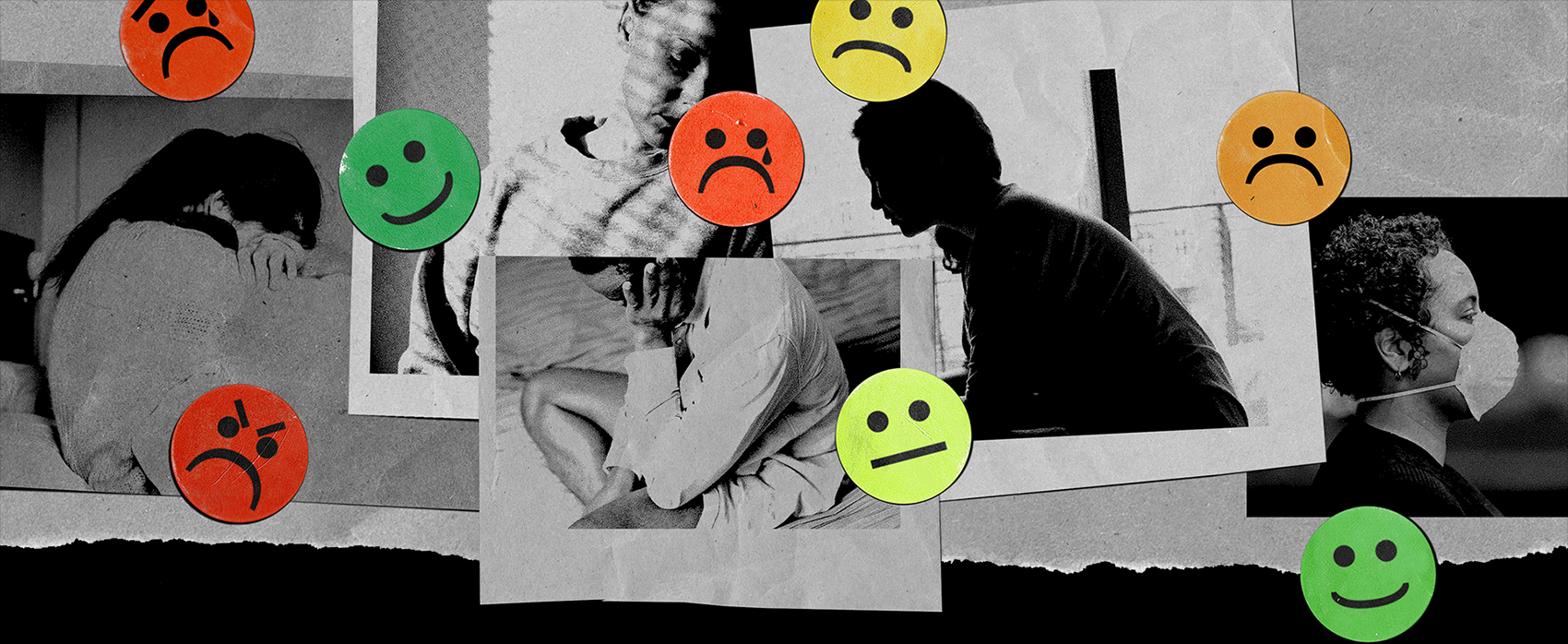
We asked VICE readers a few questions that boil down to, “How are you doing?” Around 1,700 of you responded, and we’re here to tell you all about what we learned.
Let’s start with the basics: More than half of Americans (55%) said they experience anxiety daily, while around 28% were anxious weekly and 9% were anxious monthly. Only 7% of the people who took our survey said they never experience anxiety.
Zoomers are a bit more anxious than everyone else. About two- thirds (65%) of our Gen Z respondents are anxious every day, compared to just two out of five (41%) baby boomers.
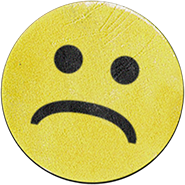

“I think I have productivity anxiety. Not sure if that’s the right word for it. But when you feel like you constantly have to be productive, even if it was an already productive day.”
-Anonymous
So what is it that makes us so anxious? There’s a unique answer for nearly every single person that’s participated in our survey. But take a closer look and some patterns emerge. The most common cause of anxiety is “work,” mentioned by a third (30%) of respondents. Not straying too far, “money” is the second biggest anxiety-inducer, on the minds of around a quarter (24%) of Americans. Family came in third at 10%, followed by life and health.
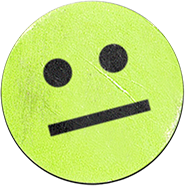


The majority of Americans (68%) said “yes” when asked whether they are experiencing, or have experienced, trauma. We asked them what the source of that trauma and found that abuse is the most common root of trauma, mentioned in more than a quarter of all answers.
68% of respondents said “yes” when asked whether they have experienced trauma.
30% of those people mentioned abuse as a factor.
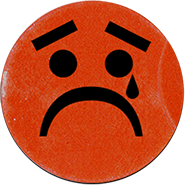

“I like being alive. I just don’t like the world that I'm currently being alive in.” -Anonymous
Despite the majority of Americans experiencing anxiety and trauma, most of them do not attend any form of therapy.
Just one in three (34%) of the respondents who said they experience daily, weekly, or monthly anxiety said they go to therapy. A similar share of those who experienced trauma attend therapy — just 38%.
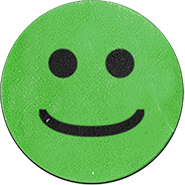

“I live with an anxiety disorder and depression stemming from a late diagnosis of ADHD that I won’t treat with legal drugs but will with illegal ones." -Anonymous
The good news is that medication helps more often than not – 65% of those who took medication said it has been helpful.
The vast majority of respondents have also tried self-medication – 71% of them. While for some that meant prescription drugs, many others took to recreational drugs.
About half (49%) of those who described how they self-medicated have specifically mentioned alcohol in some way. Similarly, around half (47%) have mentioned consuming weed or related products. Some 13% of respondents referenced other drugs, like mushrooms, ketamine, or opioids.
At least half of those who self-medicate resort to alcohol and weed. Three out of five respondents (59%) said they take, or have taken, some sort of medication for conditions related to their mental health.
If you have self-medicated to deal with mental health issues, how did you do it?
Note: Respondents could mention multiple ways to self-medicate, so figures do not add up to 100%.
Therapy came in a close second, with time in third.
What do you need right now that you don't have in relation to your own wellness? A lot of people say cash.
Note: Respondents could mention multiple needs, so figures do not add up to 100%.
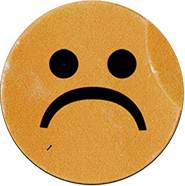

Our survey clearly shows that many of us are sometimes feeling traumatized, anxious, or just a little lonely. If that’s not you, the likelihood is that someone you care about feels that way.
For some, healing means therapy or medication, while others seek support from their friends and family. But while loved ones are more often than not the first ones we go to in times of need, they can also be a hurdle to healing.
Despite the struggle, it is clear, however, Americans are looking for ways to get better.

Even I’m sick of my bullshit at this point. Could meditation, gratitude, and a little more smiling actually change my attitude?
KATIE WAY
04.10.21
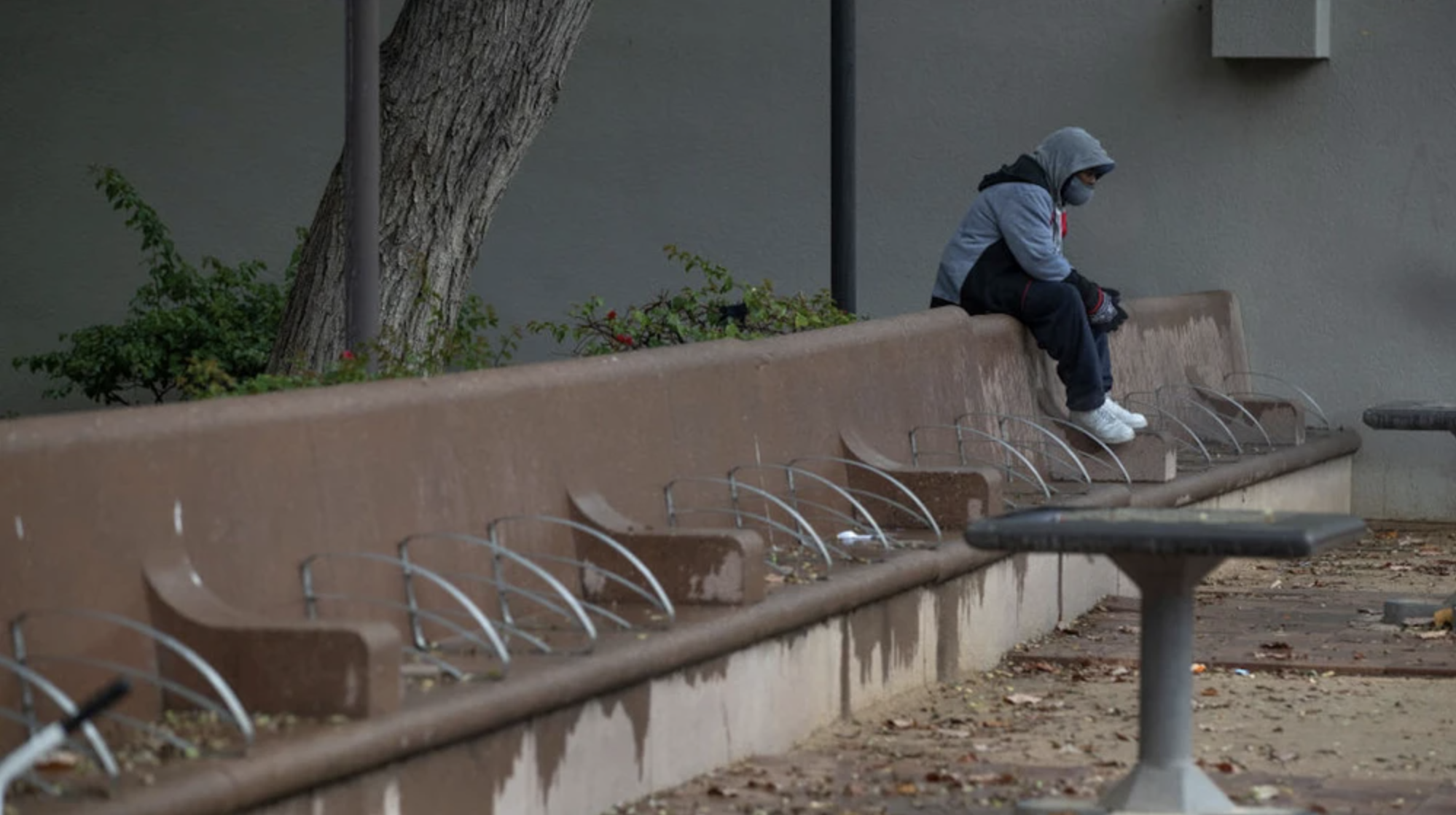
Scientists have described the pandemic as “the largest isolation study in history” – and its effects are only just becoming clearer over time.
EMILY GODDARD
01.27.22

The words “neurodiversity” and “neurodivergent” are being used widely, from workplace initiatives to social media. But what do they really signify?
SHAYLA LOVE
03.29.22